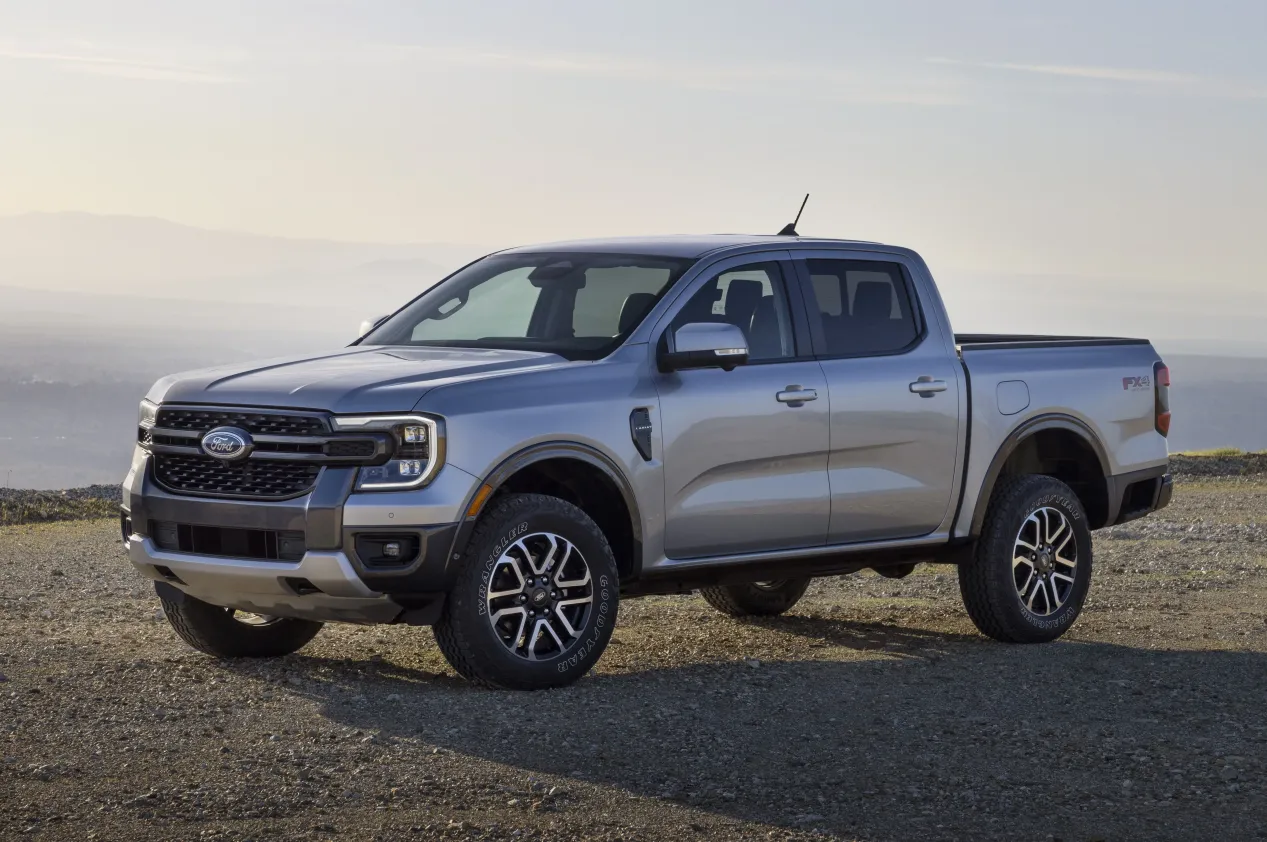Trucks have long held a special place in the world of utility, adventure, and hard work. For many drivers—whether ranchers, contractors, or off-road enthusiasts—the ability to haul, tow, and carry heavy loads defines a truck’s worth. But time is a cruel test for any machine.
While some trucks continue to shine long after their odometers cross the 200,000-mile mark, others reveal design compromises, powertrain limitations, or build-quality issues that hamper their ability to haul as they age. In this article, we’ll take a look at ten older trucks—five that are known for their lasting hauling capabilities and five that tend to struggle with weight as the years pass.
The term “older trucks” in this context generally refers to models produced between the late 1990s and mid-2000s, before modern engineering technologies like aluminum body panels, 10-speed transmissions, and turbocharged downsizing became commonplace.
Trucks from this era were built with a focus on durability and simplicity, but not all were created equal. Factors like engine choice, suspension design, axle ratios, and frame strength have all played critical roles in how well these trucks aged—particularly in their ability to handle towing and payload tasks.
The following breakdown doesn’t just focus on raw tow ratings. It also accounts for real-world performance, how trucks aged mechanically, and how owners and mechanics have come to view their reliability over time. Trucks that still haul well often exhibit a strong drivetrain, a reliable cooling system, and a chassis that doesn’t flex under pressure.
Meanwhile, trucks that struggle may suffer from transmission issues, overheating, or frame fatigue that limits their utility. Whether you’re shopping the used market or simply reminiscing, this guide offers a well-rounded look at which older trucks have stood the test of time—and which ones fell short when it comes to heavy-duty tasks.
Also Read: 10 Best Vehicles for Rural Postal Workers That Prove Their Utility
5 Older Trucks That Still Haul
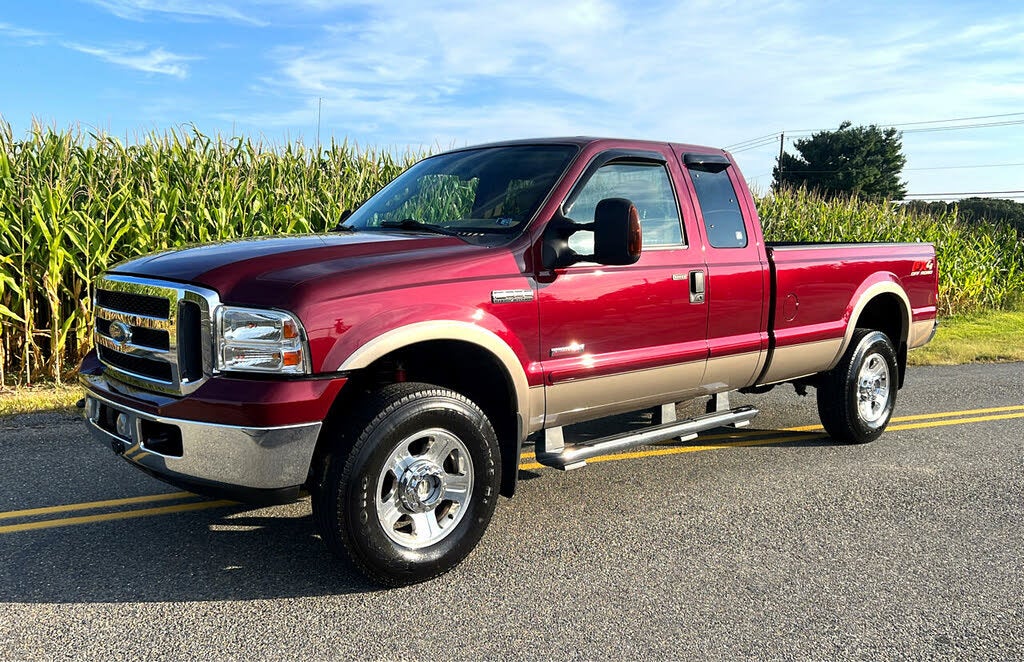
1. 1999–2007 Ford Super Duty (F-250/F-350 with 7.3L Power Stroke)
The Ford Super Duty lineup from 1999 to 2007, especially those equipped with the legendary 7.3L Power Stroke diesel engine, remains one of the most respected hauling machines ever built. This truck is widely praised by mechanics and fleet operators for its unmatched reliability and workhorse nature.
The 7.3L Power Stroke, with its cast-iron block and conservative tuning, was capable of towing up to 14,000 pounds when properly equipped. Unlike many modern engines, it wasn’t pushed to the edge of its capability by design, meaning it had headroom and longevity. These trucks were overbuilt in all the right ways—with strong transmissions, durable Dana axles, and frame rails that could take punishment.
The suspension setup on these Super Duty trucks also plays a big role in their continued utility. With solid front and rear axles, leaf spring suspension, and heavy-duty shock absorbers, they can handle substantial loads without sagging or squatting. Even when fully loaded, the truck maintains composure, providing drivers with a sense of control and confidence.
Whether you’re hauling a trailer full of horses or a bed stacked with building supplies, the F-250 and F-350 models with the 7.3L engine have proven themselves over decades of hard labor. The simplicity of the mechanical systems—like the lack of complex emissions systems—means less can go wrong over time.
Another factor that makes these trucks champions of longevity is the availability of aftermarket parts and community knowledge. Owners often keep these trucks running with upgrades like reinforced transmissions, better intercoolers, and custom tuning that maintains reliability.
In today’s used truck market, the 7.3L Super Duty is still in high demand, not just because it can haul, but because it continues to do so without complaint long after its contemporaries have retired. It’s a true testament to old-school diesel engineering and thoughtful American truck design.
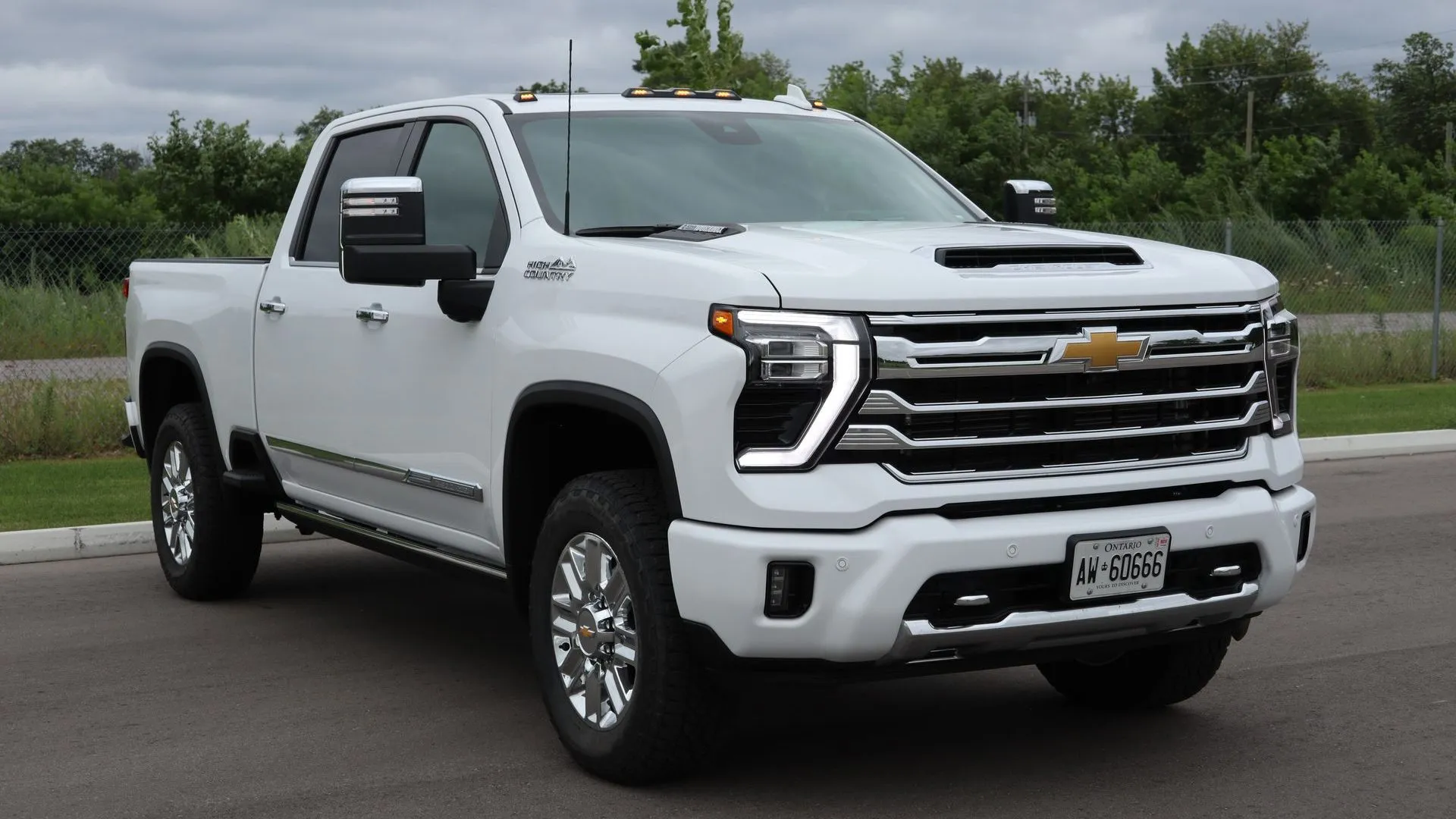
2. 2003–2006 Chevrolet Silverado 2500HD (with 6.6L Duramax LB7/LLY)
Another standout from the early 2000s era is the Chevrolet Silverado 2500HD equipped with the 6.6L Duramax diesel engine. Introduced in 2001, the Duramax offered GM a serious competitor to Ford’s Power Stroke and Dodge’s Cummins. The 2003–2006 models, in particular, hit a sweet spot in terms of reliability and performance.
The LB7 and LLY variants of the Duramax were known for their strong power output—typically over 300 horsepower and 500–600 lb-ft of torque—and they paired well with the tough Allison 1000 transmission. This drivetrain combination remains one of the most respected in diesel truck circles.
What sets this truck apart from lesser performers is its consistent pulling power even after high mileage. Many owners report towing trailers over 10,000 pounds routinely with minimal strain on the powertrain. Even after two decades, the engine rarely suffers from catastrophic failure if it’s maintained properly.
Yes, the LB7 had some injector issues early on, but by 2004–2005, those were largely resolved. The truck’s independent front suspension gave it a smoother ride than its competitors while still holding up well under load—an unusual combination of comfort and strength.
The 2500HD also earns respect for its solid construction and ease of repair. From frame reinforcements to simple drivetrain access, GM built this truck with serviceability in mind.
The aftermarket community has embraced it as well, with a wide range of bolt-on performance parts that can improve cooling, fuel delivery, and towing stability. While newer diesel trucks offer more horsepower and towing tech, few older rigs balance raw muscle and long-term reliability like the 2003–2006 Duramax-equipped Silverado 2500HD.
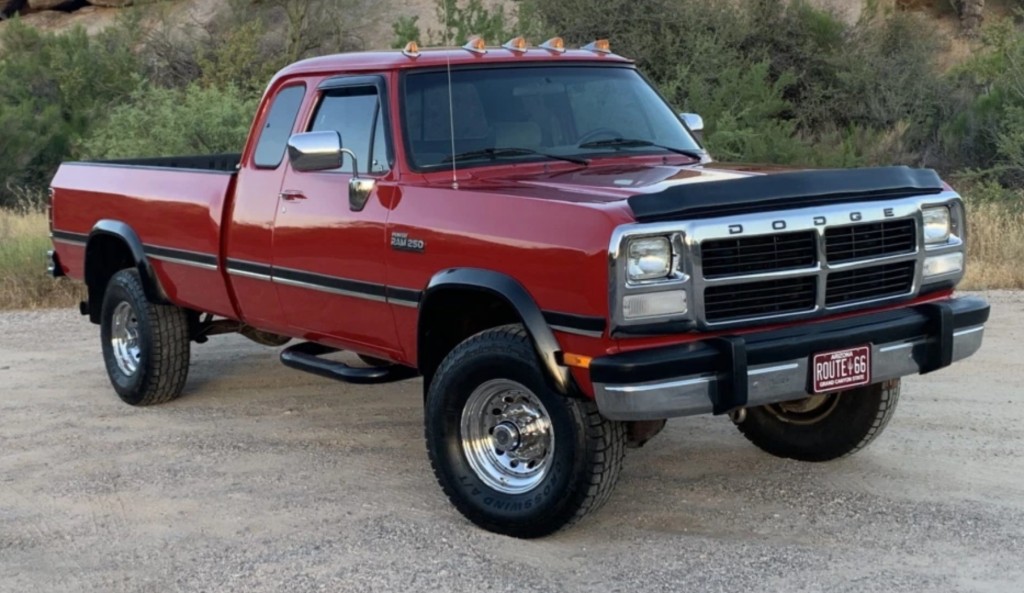
3. 1994–1998 Dodge Ram 2500 (with 5.9L 12-Valve Cummins)
The second-generation Dodge Ram 2500 with the 12-valve 5.9L Cummins diesel is often considered the gold standard for durability in diesel trucks. Produced from 1994 to 1998, this version of the Cummins engine is non-electronic, relying on a mechanical Bosch P7100 injection pump that’s virtually bulletproof.
This simplicity translates into a truck that’s almost impossible to kill. With torque numbers approaching 440 lb-ft stock and much more available with simple upgrades, this Ram could tow trailers weighing over 10,000 pounds reliably for years.
One of the reasons this truck has aged so well is the minimal electronic interference in the powertrain. With fewer sensors and control modules to fail, the truck is less susceptible to electrical gremlins that plague modern haulers.
Mechanics love these trucks because they’re straightforward to work on, and parts are abundant. The inline-six layout of the Cummins also means less internal strain compared to V8 diesels, giving it a longer service life even under heavy loads. Many examples are still running strong with over 300,000 miles on the odometer.
The downside of these older Rams is often cosmetic—dashes crack, body panels rust, and interiors wear quickly—but the drivetrain keeps going. Enthusiasts frequently retrofit these trucks with newer transmissions, upgraded suspension components, and performance tuners to keep them relevant.
Despite their age, second-gen Cummins trucks can still be seen hauling hay trailers, skid steers, and even race cars across the country. Their reputation is so solid that values for clean examples have gone up, not down, over the past decade.
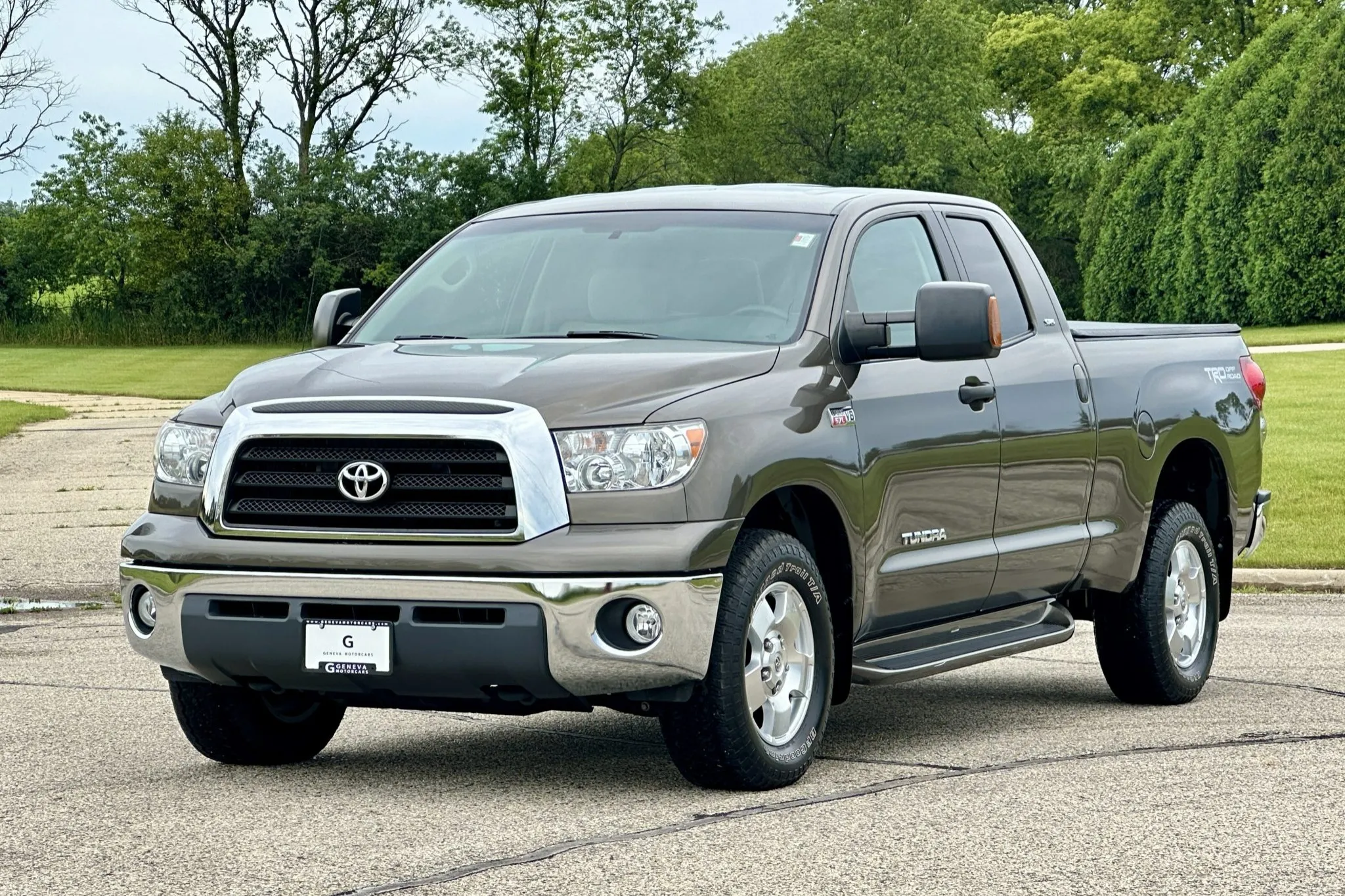
4. 2000–2006 Toyota Tundra (First Generation)
Though it’s smaller than the American heavy-duty rigs, the first-generation Toyota Tundra deserves recognition for its consistent and reliable hauling performance. Produced from 2000 to 2006, this truck came with a 4.7L i-Force V8 that, while not the most powerful in its class, delivered smooth and steady torque with legendary Toyota reliability.
Rated to tow around 7,000 pounds in proper configuration, the Tundra may not rival diesels in capacity, but it more than makes up for it with bulletproof mechanicals and drivetrain durability.
What makes the first-gen Tundra special is how well it performs under consistent load, especially for its size. The power delivery is linear and the engine doesn’t strain under moderate hauling. The automatic transmissions, while not built for heavy-duty drag racing, handle towing campers, boats, and trailers with ease when maintained properly.
Even in high-mileage scenarios, the Tundra rarely suffers from the transmission or cooling issues that sideline other half-ton trucks. It’s particularly favored in the construction and light-agriculture industries, where longevity matters more than brute force.
In terms of build quality, Toyota nailed the basics: strong frame rails, tight panel gaps, and minimal rattles even after years of use. The Tundra was overengineered in the ways that count, and many early models are still on the road today doing what they were built to do.
Though often overshadowed by the Detroit Big Three, this Japanese pickup holds its own as a consistent, dependable hauler for anyone not needing extreme tow ratings.
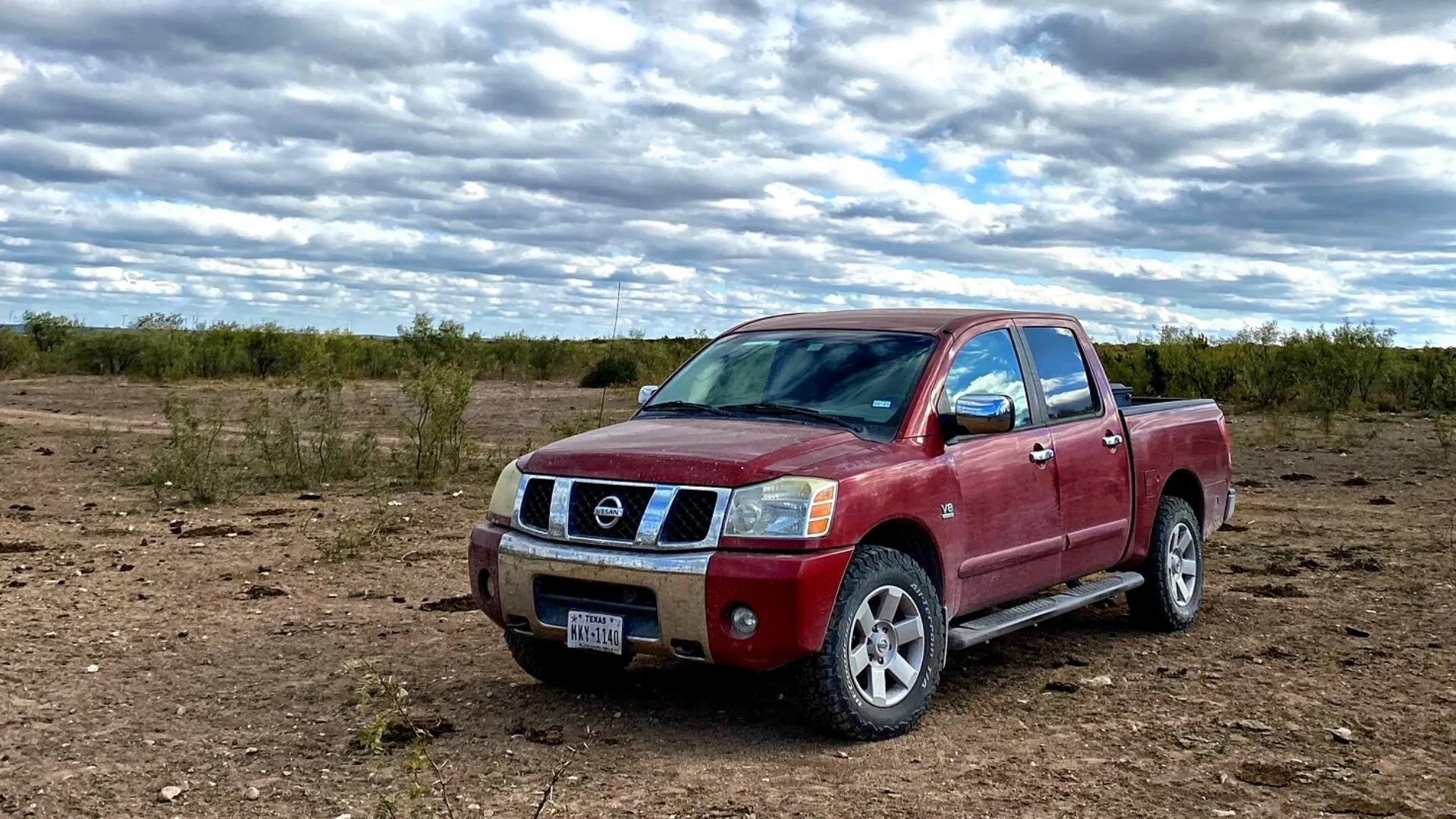
5. 2004–2006 Nissan Titan (First Generation)
The first-generation Nissan Titan, specifically from 2004 to 2006, was an underdog that surprised many with its hauling capabilities and robust powertrain. Equipped with a 5.6L Endurance V8 engine, the Titan put out 305 horsepower and 379 lb-ft of torque—figures that made it competitive with the Big Three’s half-ton offerings at the time. With a max tow rating approaching 9,400 pounds in the right trim, the Titan could handle boats, car trailers, and work equipment without falling apart.
One of the key strengths of this truck is its stout drivetrain. The 5-speed automatic transmission held up well, and the truck’s Dana 44 rear axle provided solid support under load.
The Titan also featured a fully boxed frame—a rarity among half-tons back then—which helped with chassis stiffness during towing. Many owners found that even after 150,000 miles, the Titan retained its composure while towing mid-weight loads. Though it lacks the refinement of a Toyota Tundra or the torque of a diesel, it’s reliable and gutsy.
Where the Titan shines today is in its affordability and availability. You can find high-mileage models for cheap, and they often still haul without major issues. The aftermarket is more limited, but OEM parts remain accessible, and repairs aren’t overly complex. While it may not be glamorous, the first-gen Titan continues to earn respect from those who know how much work it can quietly accomplish.
5 That Struggle With Weight
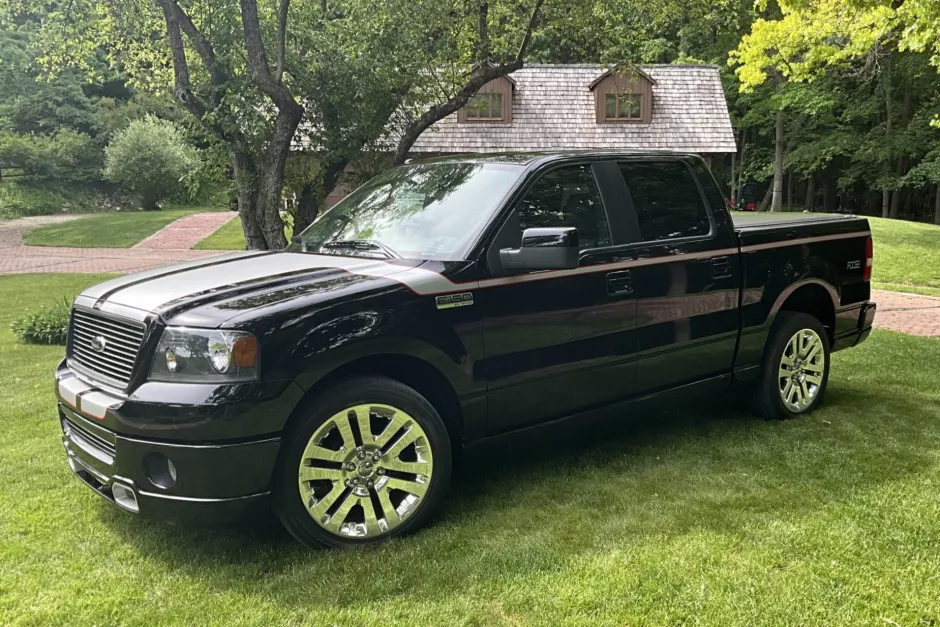
1. 2004–2008 Ford F-150 (5.4L Triton V8)
Though the Ford F-150 has long been America’s best-selling truck, the 2004–2008 models equipped with the 5.4L Triton V8 often fall short when it comes to long-term hauling reliability. On paper, the truck’s towing capacity of over 9,000 pounds seems respectable.
But in practice, the Triton V8’s design flaws—including cam phaser issues, spark plug failures, and poor oil circulation—make it a poor choice for consistent towing or heavy payloads. Many owners report a noticeable drop in performance after just a few years of heavy use.
The real Achilles’ heel is the engine’s tendency to develop knocking, valve timing issues, and catastrophic cylinder failures. When loaded, the 5.4L Triton struggles to maintain speed on grades, often requiring downshifts and high RPMs that put strain on the transmission.
This not only affects fuel economy but also accelerates wear and tear on critical components. Combine that with the fact that many mechanics loathe working on these engines due to the notorious spark plug breaking issue, and it becomes clear why this F-150 generation is best avoided for serious hauling tasks.
Additionally, the frame and suspension of the F-150 during this era were optimized more for comfort than strength. While fine for weekend warriors or occasional movers, it doesn’t hold up as well when exposed to the rigors of worksite life or long-distance towing. The ride is soft, and the rear end sags more than competitors under load, leading to instability when towing larger trailers. For light duty, it’s passable—but for weight? This generation of the F-150 just isn’t built to carry the burden.
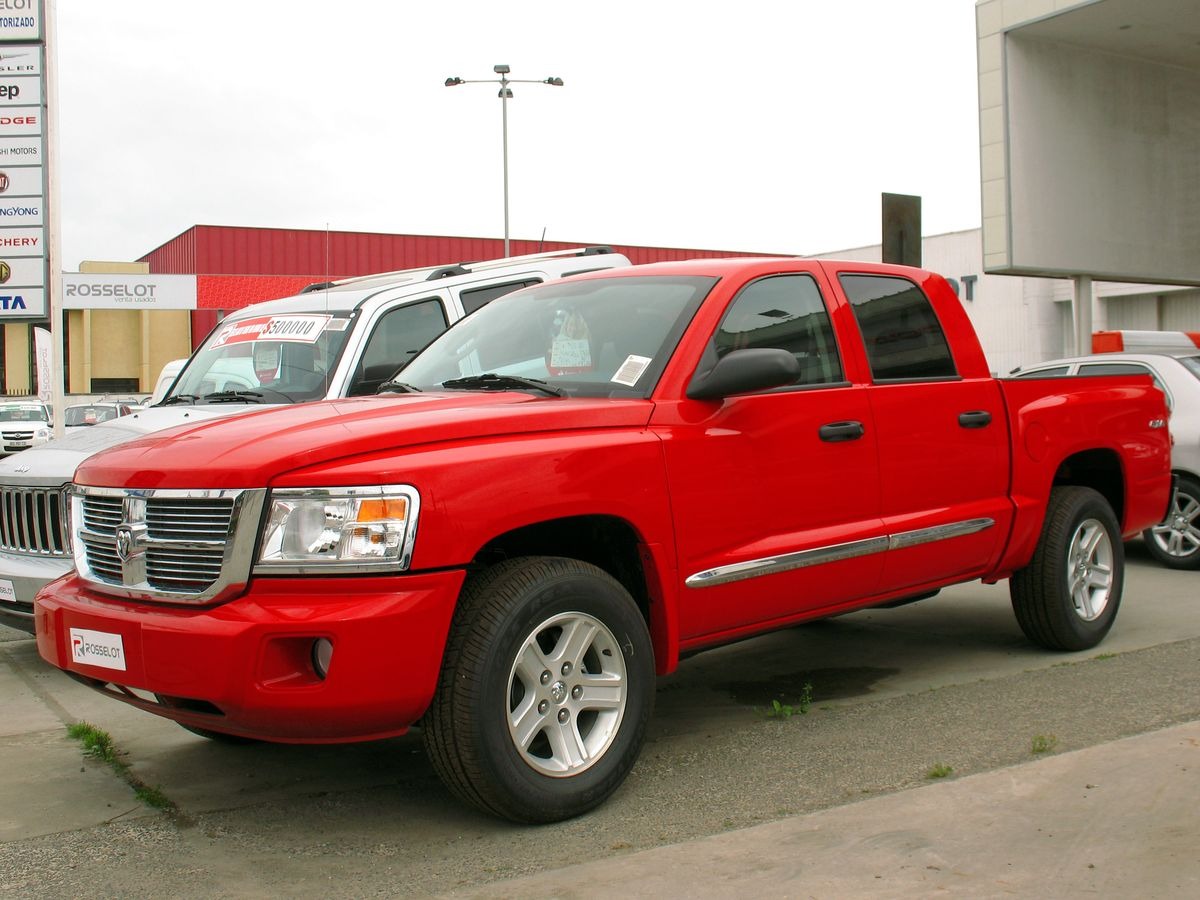
2. 2000–2004 Dodge Dakota
The mid-size Dodge Dakota aimed to deliver a half-ton experience in a smaller package, but its ability to handle heavy loads has always been limited. Despite having available V8 power, including the 4.7L Magnum engine, the Dakota’s chassis and suspension were never truly built for serious towing.
Payload capacities generally stayed under 1,500 pounds, and towing maxed out around 6,000 pounds in ideal configurations, well below the expectations for real workhorse trucks.
One of the major issues with the Dakota is its lack of structural rigidity when fully loaded. Frame flex, soft rear leaf springs, and mediocre braking performance all conspire to make the truck feel overwhelmed even under moderate towing scenarios.
The V8 engine itself is underpowered compared to similar-year full-size offerings, and when pulling a trailer, the Dakota often strains, downshifts frequently, and runs hot. Long-term hauling exacerbates engine wear, and cooling system failures are not uncommon.
As these trucks age, the limitations become more pronounced. Suspension components sag, bushings wear out quickly under load, and the rear differential—especially in 2WD models—is prone to excessive wear if regularly pushed near its capacity.
While the Dakota may be sufficient for casual hauling tasks like mulch or a light boat, those who use it for anything more demanding often find themselves frustrated by its inability to keep up. It’s a stylish truck with a car-like ride, but not one built to haul with confidence.
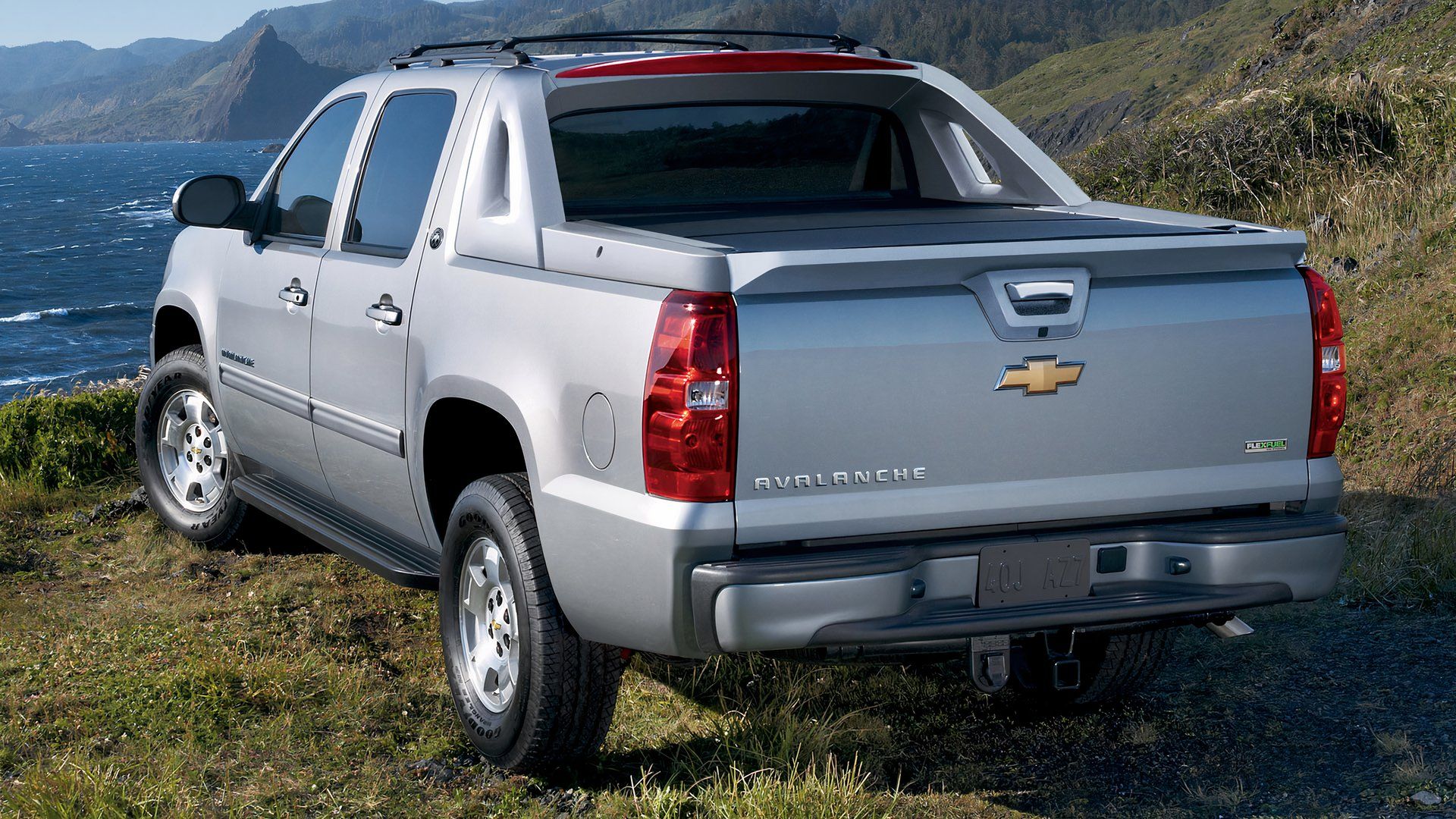
3. 2001–2005 Chevrolet Avalanche 1500
The Chevrolet Avalanche 1500 was a novel concept—half SUV, half truck—but it fell short in terms of practical towing and payload ability. Based on the Suburban chassis and equipped most often with a 5.3L Vortec V8, it wasn’t exactly underpowered, but the package was compromised when it came to serious work tasks.
The independent rear suspension and coil springs—great for ride comfort—lacked the strength needed for repeated heavy hauling. Max towing capacity hovered just under 8,000 pounds, but real-world performance didn’t back that up.
When put to work, the Avalanche’s body flexed, and its soft suspension sagged visibly under load. The truck’s long wheelbase helped with stability but hurt departure angles and made the vehicle difficult to manage with large trailers.
It also lacked the cooling enhancements and gearing of GM’s true HD trucks, which made it more susceptible to overheating under load, particularly in mountainous terrain or hot climates. Transmission overheating and early wear were common complaints when towing near the vehicle’s upper limit.
Another problem as these trucks aged was component durability. The midgate system, while innovative, was prone to rattling and moisture issues that affected the structural integrity of the rear cab and cargo area.
Many owners found themselves dealing with electrical issues and failing rear suspensions after years of hard use. The Avalanche made sense for families who wanted weekend utility, but as a long-term hauler, it simply wasn’t built to withstand real work the way a traditional pickup could.
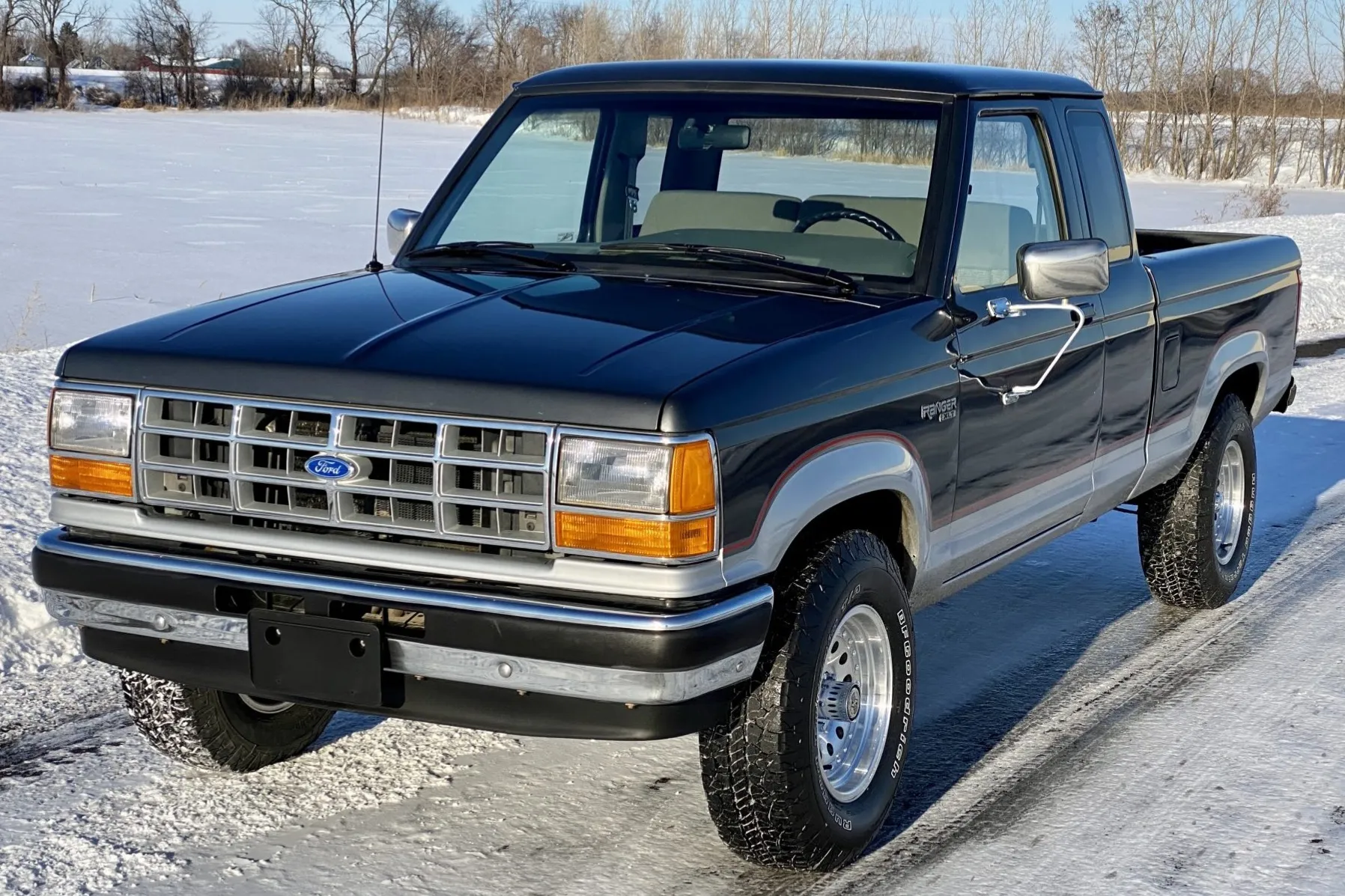
4. 1997–2003 Ford Ranger
The Ford Ranger from this generation was one of the most popular compact pickups of its time, praised for affordability and ease of maintenance. However, hauling capacity was never its strength. Even with the available 4.0L SOHC V6, the Ranger maxed out at around 5,800 pounds of towing and often struggled to handle loads approaching that number.
Its small frame, lightweight construction, and limited suspension travel meant that even modest trailers could push the truck to its limits.
When pushed, the Ranger’s rear suspension quickly reveals its limitations. Leaf springs sag under load, and the truck can become unstable, particularly at highway speeds or when taking turns with a trailer.
The V6 engine, while durable in daily driving, tends to bog down and overheat if asked to maintain speed on long climbs with a trailer in tow. Automatic transmissions from this era were not robust, often suffering from early wear when used for anything more demanding than weekend errands.
As the Ranger ages, it doesn’t get more capable. Frame rust is a common problem in northern climates, further weakening its structural integrity. Brake performance also becomes an age concern, especially under load.
While the Ranger excels in light-duty and off-road roles, its small size and aging mechanicals make it ill-suited to consistent heavy hauling. Those who need a true workhorse quickly realize that the Ranger is simply out of its depth when the weight gets real.
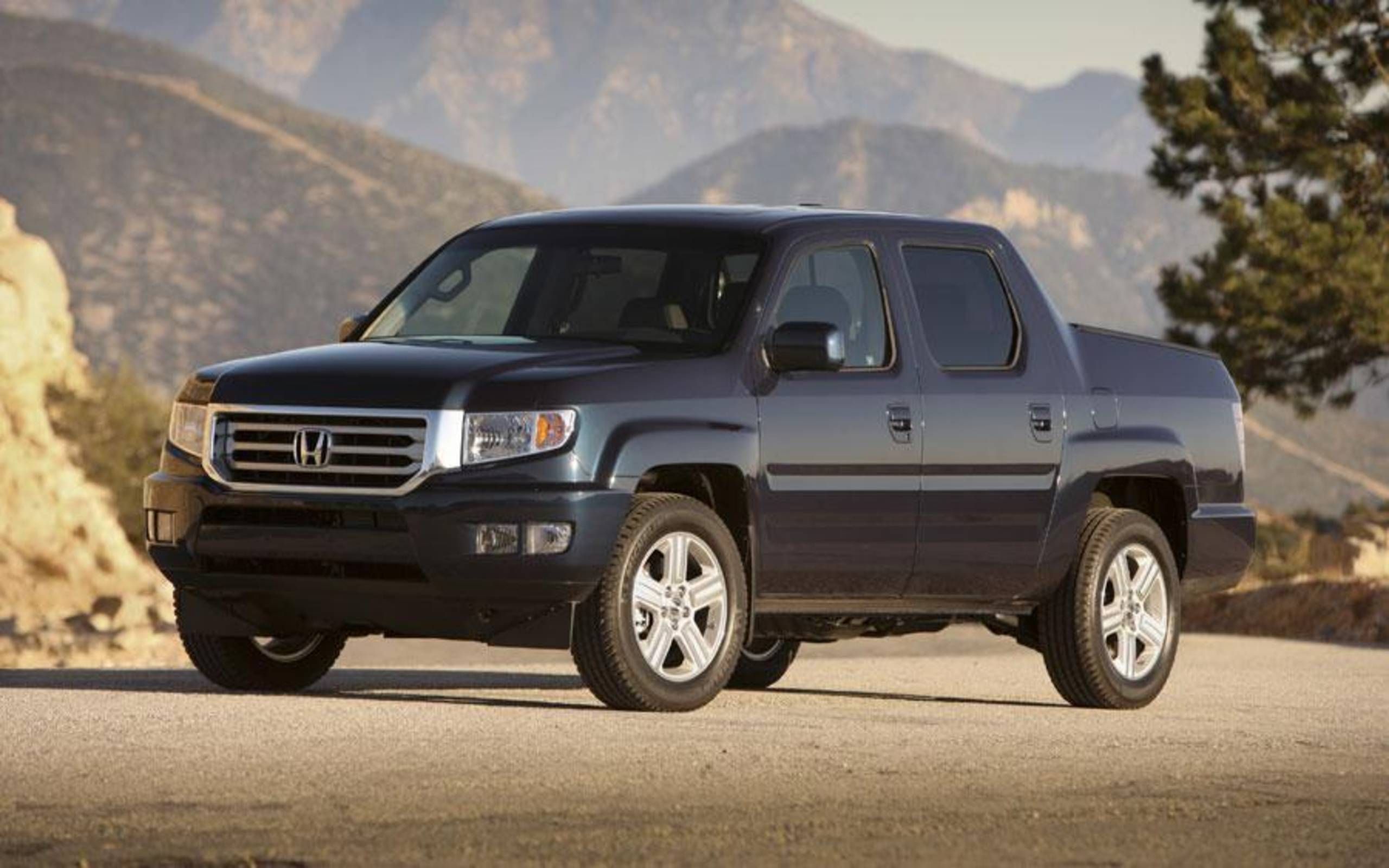
5. 2005–2008 Honda Ridgeline
The original Honda Ridgeline was a pioneering effort in unibody truck design, blending SUV comfort with truck styling. However, that comfort came at the expense of true hauling capability. With a towing capacity of just 5,000 pounds and a payload rating under 1,600 pounds, the Ridgeline was never meant for serious work. Unlike body-on-frame trucks, the unibody construction lacks the torsional rigidity to withstand repeated heavy towing or payload stress.
The Ridgeline’s 3.5L V6 engine is smooth and reliable for daily driving, but its torque curve isn’t well suited for hauling. Climbing hills with a loaded trailer often means flooring the throttle and revving to redline just to maintain speed, putting significant strain on the transmission.
Many owners have reported overheating and sluggish transmission response under towing conditions, and there’s little aftermarket support for enhancing the truck’s cooling or gearing setup.
Even without a trailer, the Ridgeline struggles when the bed is filled. Its soft rear suspension leads to pronounced sag, and the truck’s front-wheel-drive-biased AWD system lacks the gearing robustness of traditional 4WD systems.
It excels as a light-duty suburban utility vehicle, but when it comes to hauling real weight, the Ridgeline remains outclassed by almost every other truck in its category. For homeowners and casual users, it’s fine. For real work? Look elsewhere.
Also Read: 10 Best Electric SUVs in 2025 With Bulletproof Engineering & Luxury
When evaluating older trucks for their continued hauling ability, it’s clear that some were built to endure, while others were designed more for style or comfort.
The winners—like the Ford Super Duty with the 7.3L Power Stroke, the Duramax-powered Silverado 2500HD, and the second-gen Cummins Ram—showcase what happens when engineering, simplicity, and raw strength come together. These are trucks that have proven their mettle over hundreds of thousands of miles and still perform their intended duties without issue.
In contrast, other trucks, while popular in their day, simply weren’t designed for long-term heavy use. Whether due to design compromises, underpowered engines, or weak chassis components, models like the F-150 Triton, the Avalanche 1500, or the Honda Ridgeline show how cutting corners—or emphasizing comfort over strength—can hurt a truck’s legacy in the long run. They may have filled niches or offered convenience, but hauling wasn’t truly their game.
If you’re in the market for a used truck and need something that can still shoulder serious weight, it pays to understand the mechanical history and real-world performance of the models you’re considering. Some trucks were born to work and keep working. Others, not so much. Choose wisely—and haul confidently.

